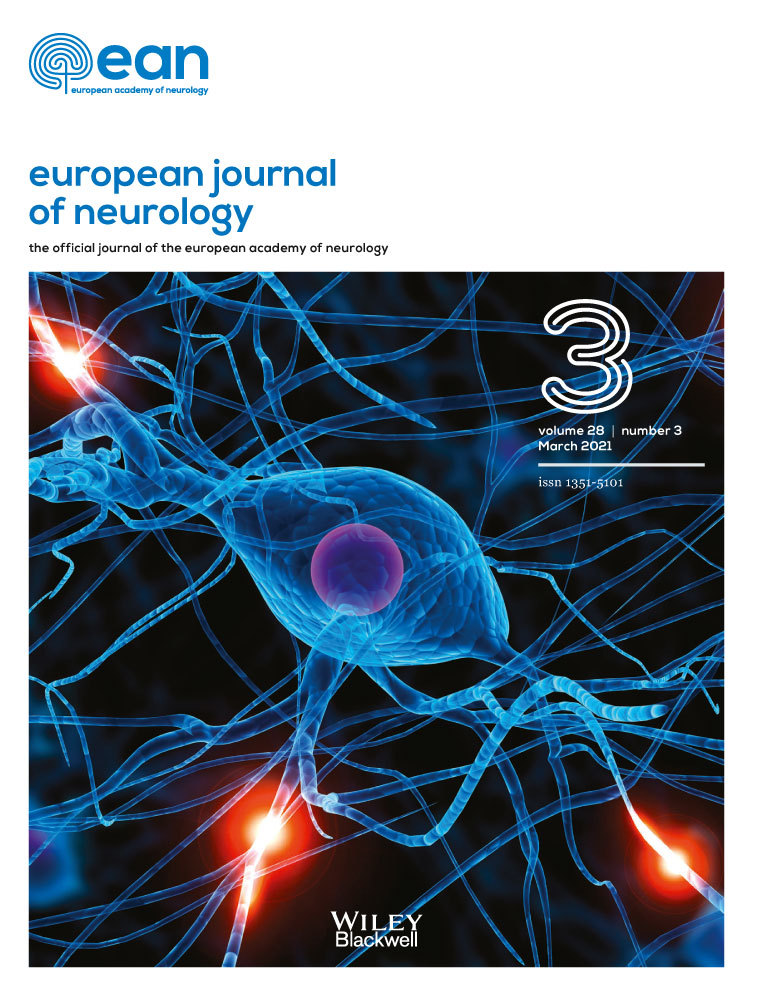β-Amyloid may accumulate in the human brain after focal bacterial infection: An 18F-flutemetamol positron emission tomography study
Abstract
Background and purpose
β-Amyloid formation has been suggested to form part of the brain's response to bacterial infection. This hypothesis has been based on experimental animal studies and autopsy studies in humans. We asked if β-amyloid accumulates locally around a bacterial brain abscess in living human patients. Furthermore, because brain abscess patients may suffer from chronic cognitive symptoms after abscess treatment, we also asked if a brain abscess precipitates accumulation of β-amyloid in the neocortex in a manner that could explain abscess-related cognitive complaints.
Methods
In a prospective study, we investigated 17 brain abscess patients (age 24–72 years) with 18F-flutemetamol positron emission tomography on one occasion 1 to 10 months after brain abscess treatment to visualize β-amyloid accumulation.
Results
18F-flutemetamol uptake was reduced in the edematous brain tissue that surrounded the abscess remains. On this background of reduced 18F-flutemetamol signal, three out of 17 patients showed a distinctly increased 18F-flutemetamol uptake in the tissue immediately surrounding the abscess remains, suggesting accumulation of β-amyloid. These three patients underwent 18F-flutemetamol positron emission tomography significantly earlier after neurosurgical treatment (p = 0.042), and they had larger abscesses (p = 0.027) than the rest of the patients. All 17 patients suffered from mental fatigue or some subjective cognitive symptom, such as attention difficulties or memory problems, but in none of the patients was there an increase in neocortical 18F-flutemetamol signal.
Conclusions
β-Amyloid may accumulate locally around the abscess remains in some patients with a brain abscess.
CONFLICT OF INTEREST
The authors declare no financial or other conflicts of interest.
Open Research
DATA AVAILABILITY STATEMENT
The data that support the findings of this study are available upon request from the corresponding author. The data are not publicly available due to privacy or ethical restrictions.




